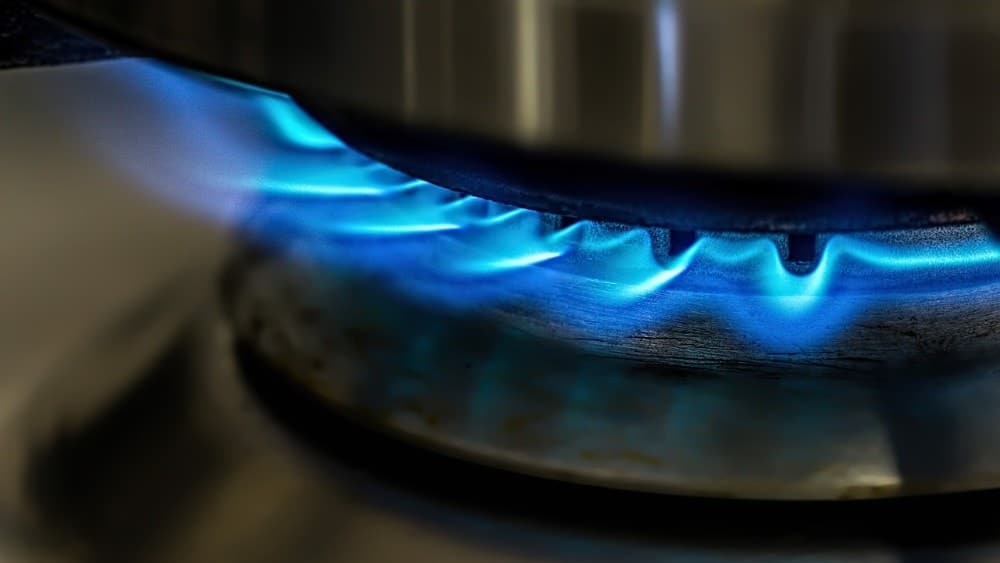If you’ve ever sipped a hoppy brew and wondered how to capture that vibrant flavor at home, you’re in the right place. Dry hopping is a fantastic way to enhance your beer’s aroma and taste without adding bitterness. It’s like giving your brew a fresh burst of hop goodness right before it’s ready to enjoy.
Overview of Dry Hopping
Dry hopping enhances beer’s aroma and flavor without adding bitterness. This method infuses fresh hop character just before fermentation concludes, perfect for home brewers wanting to mimic hoppy beer profiles.
What Is Dry Hopping?
Dry hopping involves adding hops to beer after the boiling process, usually during or after fermentation. The process extracts essential oils from hops rather than bittering compounds. I typically use whole hops, pellets, or dry hop bags. Each choice influences my beer’s final aroma and flavor, allowing me to tailor the experience.
Benefits of Dry Hopping at Home
Dry hopping offers several advantages for home brewers:

- Enhancements in Aroma: Achieve vibrant hop aromas that elevate the overall sensory experience.
- Flavor Complexity: Add layers of flavor without the harsh bitterness typical of early hop additions.
- Freshness: Capture a fresh, tropical, or floral hop character that resonates in every sip.
- Customization: Experiment with different hop varieties to create unique brews that reflect personal tastes.
- Simplicity: Easily incorporate dry hopping into existing brewing routines without extensive adjustments.
Embracing dry hopping helps any home brewer push their creations to the next level.
Preparing for Dry Hopping
Preparing for dry hopping involves careful selection of hops and ensuring your equipment is ready to go. This step is crucial for achieving the desired aroma and flavor in your brew.
Selecting the Right Hops
Selecting the right hops can significantly impact your beer’s flavor profile. Hops come in a variety of styles, each offering unique aromas and flavors. For example, Cascade hops provide citrus notes, while Citra hops add tropical fruit character. Choose hops that complement your beer style and personal preferences. For a hoppy IPA, consider blends of both citrus and piney hops for a balanced flavor. Keep in mind the oil content, as higher oil levels often result in more pronounced aromas. Experimentation can lead to exciting discoveries, so don’t hesitate to mix different hop varieties.
Equipment You’ll Need
Having the right equipment streamlines the dry hopping process. Essential tools include:
- Sanitizer: Use a high-quality sanitizer to ensure everything is germ-free.
- Hop Bags: Use mesh or nylon hop bags to contain loose hops and make removal easier.
- Brew Kettle: Your brew kettle should be large enough to accommodate the beer volume plus hops.
- Funnel: A funnel ensures a smooth hop addition during fermentation.
- Siphon: A siphon helps transfer your brew without introducing oxygen, preserving aroma and flavor.
Gather all equipment before starting, ensuring a smooth dry hopping experience that enhances your homebrew.
The Step-by-Step Process
Dry hopping adds vibrant hop aromas and flavors to your beer, elevating the overall experience. This process involves a few key steps, ensuring you achieve the best results with your homebrew.
Timing Your Dry Hopping
Timing plays a critical role in dry hopping. I typically add hops 5 to 7 days before I plan to bottle or keg. This period allows the hops to release their essential oils without interfering with fermentation. If I dry hop too early, I risk losing some of the desired aromatics by engaging them in the fermentation process.
Adding Hops to Your Brew
Adding hops is straightforward. I prefer using hop bags for convenience and cleanliness. First, I fill the bag with my chosen hops, securing it tightly. Next, I place the bag directly into the fermenter. I gently agitate the fermenter to help release hop oils, ensuring that they spread evenly throughout the beer. After a few days, I’ll remove the hop bag to avoid any over-extraction, which can lead to undesirable flavors.
Ensuring Proper Sanitation
Sanitation is non-negotiable in homebrewing. I sanitize all equipment involved in the dry hopping process, from the hop bags to my hands. A simple solution of star san or a similar sanitizer works wonders. I always rinse the equipment with clean water afterward, ensuring no residual sanitizer affects my beer’s flavor. By prioritizing cleanliness, I guarantee a successful dry hopping experience and a brew that truly reflects the hard work I’ve put into it.
Tips for Success
Dry hopping at home can elevate your brewing game. Following these tips can enhance your process and outcomes.
Experimenting with Hop Varieties
Experimenting is key to discovering your unique brew. I recommend starting with well-known varieties like Cascade, Citra, and Mosaic for their distinctive profiles. Cascade imparts citrus notes, Citra adds tropical fruit flavors, and Mosaic brings pine and berry characteristics.
Combining different hops can create exciting flavor complexities. For example, using Simcoe alongside Amarillo can yield a well-rounded citrus and floral aroma. Always take notes about the hops you use, including amounts and timing, to refine your process for future batches.
Troubleshooting Common Issues
Issues can arise during the dry hopping process. If you notice an off-flavor or aroma, check your sanitation practices. Contamination can introduce unexpected flavors that detract from your beer’s quality.
Overhopping can also lead to a less pleasant experience. Excess hops may overshadow other flavors or produce grassiness. Monitor your hop quantities to strike a balance. Lastly, ensure that hops are fresh and stored properly. Old or improperly stored hops can lose potency and affect your final product’s quality.
By focusing on these tips, I enhance my home brewing and create enjoyable beers.
Conclusion
Dry hopping has truly transformed my brewing experience. It’s amazing how a simple technique can elevate the aroma and flavor of my beers. With just a bit of experimentation and the right hop choices, I’ve discovered new and exciting profiles that reflect my personal taste.
I encourage you to dive in and give it a try. Remember to keep notes on your hop combinations and brewing practices. This way you can refine your process and create even better brews in the future. So grab your hops and get started on your next batch—your taste buds will thank you!




